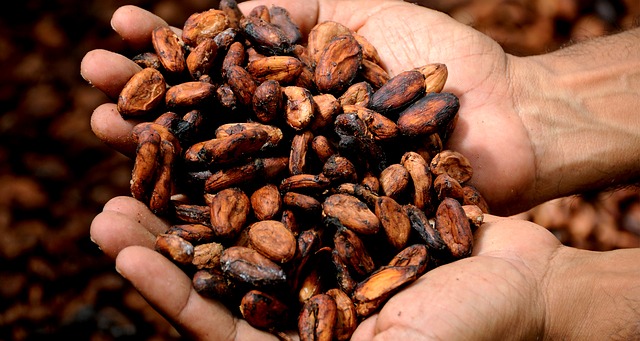
The first variety of cocoa was described in 1753 by Carlos Linnaeus.
Cocoa is a tree native to the American continent that belongs to the Sterculaceae family group. The term comes from cacáhua , a word from the Nahuatl language.
General characteristics
With the scientific name Theobroma cacao , cacao is also known as cocoa tree . It is a tree that can reach a height of about eight meters, with alternate leaves and small flowers .
The idea of cocoa is usually used to refer to the seed and fruit of this tree. In this sense, cocoa acquires great importance since it is the basic ingredient of chocolate .
Chocolate is generally prepared by combining sugar with cocoa mass . The so-called cocoa mass, in turn, is made up of cocoa powder and the fatty substance known as cocoa butter .
Ivory Coast is the world's leading producer of cocoa. It is followed by countries such as Ghana , Indonesia , Nigeria , Cameroon , Brazil and Ecuador , showing that the tree is successfully grown in different parts of the world.
Main varieties
Since 1753, when the Swedish scientist Carlos Linnaeus described the species Theobroma cacao , more varieties of cacao have been recognized, the three most important being the criollo , the forastero and the trinitario . The first is grown in Indonesia and in several Latin American countries, such as Ecuador, Venezuela, Colombia, Guatemala, Mexico and the Dominican Republic.
Criollo cocoa stands out for its quality and that it contains little tannin, two reasons why it is used to make the most expensive chocolates. Your tree is fragile and does not yield much; Its grain is aromatic, soft and with a thin shell. Worldwide, it does not exceed 10 percent of chocolate production. Regarding the forastero, which is also known as peasant , it is cultivated mainly on the African continent and is characterized by a higher tannin content, a thick peel and a less pronounced aroma.
To neutralize the imperfections of this variety, the cocoa needs to be roasted intensely, and that is why most products based on it taste burnt. It is common to combine the foreign grain to provide greater breadth and body to the chocolate, with the Creole to obtain lower acidity and a more complex flavor . This brings us to Trinitario cocoa, which is precisely part of the hybrids.
The Trinitario has a quality more comparable to that of the foreigner than to that of the Creole. It comes from Trinidad, where it appeared in the mid-18th century . Broadly speaking, it can be described as a variety that fuses the best properties of the other two: the delicacy in the flavor of the criollo and the consistency of the forastero.
cocoa powder
As for cocoa powder, it is used to prepare drinks. Chocolate in a mug or hot chocolate , for example, is made with cocoa powder or melted chocolate dissolved in milk or water . The mixture of cocoa powder with cold or hot milk is also mentioned as chocolate .

Almost all the chocolate we eat is made with foreign cocoa
It should be noted that packaged cocoa powder contains other ingredients in addition to the cocoa bean. It usually includes sugar , preservatives and flavorings .
There are several types of cocoa powder. The most common is sometimes simply called cocoa and should contain at least 20 percent cocoa butter. Among the others, the following two stand out:
* lean : it has less fat than the most common, since instead of 20 percent cocoa butter it can have 8 percent;
* sugary : when mixed with sucrose, its purity decreases in order to make it sweeter.
